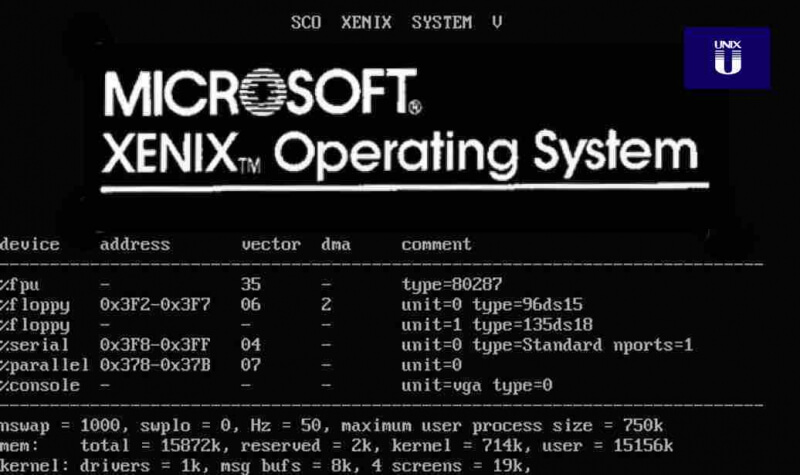A little background and more context about this trivia

Typically used to describe a product that has been announced but never launched, "vaporware" was reportedly coined by a Microsoft engineer (either John Ulett or Mark Ursino) when being asked about the state of the company's Xenix operating system. The word went on to be popularized by writer Esther Dyson after she used it her November 1983 issue of RELease 1.0.
The term "vaporware" thus comes from the combination of the words "vapor" and "software." Often used to refer to products that are announced with great fanfare but are never delivered, or products that are announced far in advance of their expected release date but never actually materialize.
Unix was developed by Bell Labs and licensed by AT&T to outfits such as Microsoft who had to choose a unique name for their version – Xenix in this case – which Microsoft licensed to companies including IBM, Intel, Tandy and SCO, although Xenix was never sold directly to end users. Microsoft Xenix was developed in the late 1970s and early 1980s and became popular in the corporate world due to its support for multi-user and networking capabilities.
In 1987, Microsoft sold Xenix to SCO, which ported it to the 32-bit 386 CPU. SCO continued to develop and support the operating system for several years. Microsoft reportedly used Xenix on Sun workstations and VAX minicomputers as late as 1992.